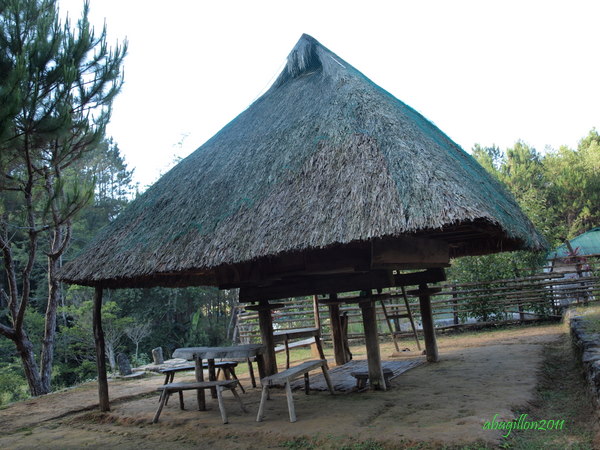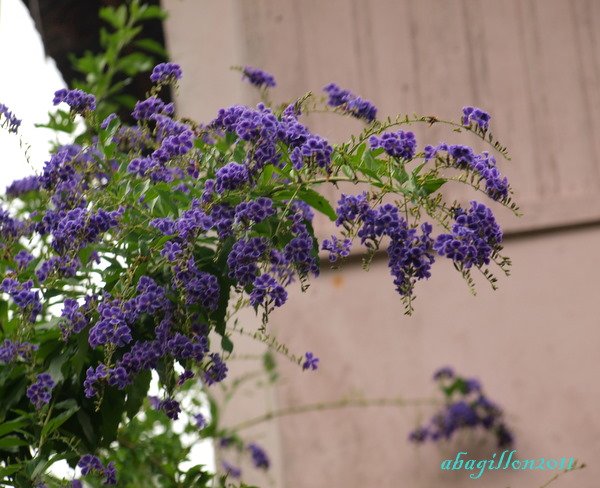I noticed that most of the garden bloggers are from the temperate climates. Did you observe that? That is advantageous for me, as I see the plants, flowers and gardens uncommon in our tropical conditions. I have always been telling everyone that in Southeast Asia and maybe the Caribbean and those around the equator, we only have two seasons, the dry and the wet. I wonder how most of you from the temperate and sub-temperate regions would feel if you have our conditions. Will you be glad that your garden will not experience winter? Will you be glad you will not be making lots of mitigation such as shade houses or putting your plants inside when the cold strikes? And most of all, the plants are mostly green and continuously flowering throughout the year. Colors are everywhere! And you can leave your garden just by themselves and go to the beach, enjoy the sun and the open skies.
The disadvantage is the deprivation of autumn colors, can you live with that? And of course you will not be able to shovel the snow, and there will be no snowman.
I showed this 2 ft long leaf (Artocarpus spp) as a representation of autumn color. It is the extent of its color before turning brown and totally dry. However, only few leaves exhibit this transformation, most just become brown, fall and decay. It is a continuous process as a result of their age throughout growth and development. And this drying and fall does not happen en masse just like in your Fall/Autumn.
This periwinkle, Catharanthus roseus, flowers all year and is one of the most tolerant of our long dry season. Ours just died because the leaves were all eaten by the sphinx moth larvae. Somehow, it doesn't produce shoots again if all leaves are devoured by larvae. It is cross pollinated so we get other hybrid colors in the next generation.
Lantana camara, also a perennial plant, rain or shine it will not leave you.
This one, Asystasia gangetica, is prolific during the wet season but difficult to withstand the dry if not watered properly.
Turnera subulata, is also prolific because it produces lots of small seed pods which just germinate anywhere. It can also withstand dry season well. But look what happened when there is continuous rain.
These flowers are the result of just a half day continuous rain. The other species which is more yellow and thicker petals, Turnera ulmiflora, is more tolerant of continuous rain. However, because it continuously produce flower buds, the next batch of flowers are ready again the next day.
Celosia argentea or cockscomb
Above and below: Celosia argentea 'plumosa' species
Alternanthera ficoidea
an orchid which flowers the whole year, Epidendrum radicans, but i know it, LOL
The thornless-scentless rose. It just tell us that if we want to smell the roses, we must endure its thorns. This reminds me of Antoine de Saint Exupere "we must be patient with the caterpillars, if we want to be acquainted with the butterflies".
This one looks like a weed, but its color is lovely. I also don't know its name. Thanks for Sunita in supplying its identity as Brazilian button flower or Centratherum intermedium.
Note: We still have a lot of colors now, but the photos might be too heavy in one post!































































